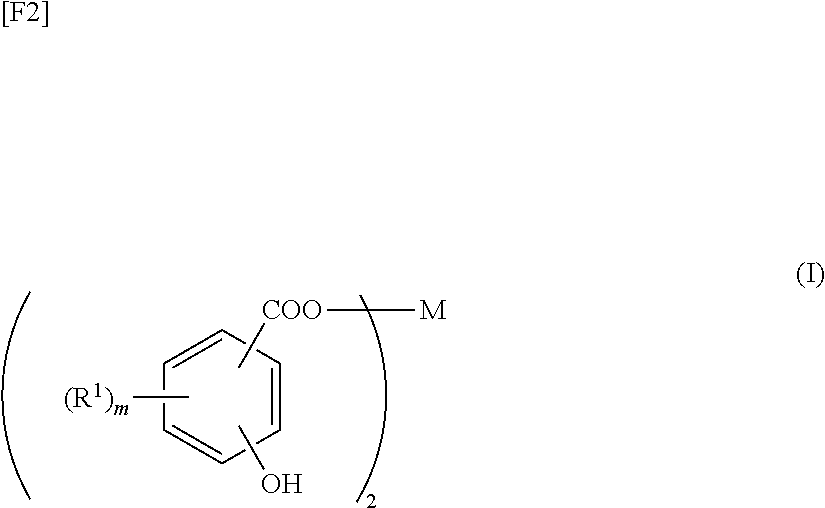Lubricating oil composition for internal combustion engine
a technology for internal combustion engines and lubricating oil, which is applied in the direction of lubricant compositions, additives, petroleum industry, etc., can solve the problems of unavoidable increase in oil consumption, drop in wear resistance, and insufficient wear resistance, so as to improve fuel-saving performance and reduce the effect of oil consumption
- Summary
- Abstract
- Description
- Claims
- Application Information
AI Technical Summary
Benefits of technology
Problems solved by technology
Method used
Image
Examples
examples
[0105]The present invention will next be described in more detail by way of examples, which should not be construed as limiting the invention thereto.
[0106]Lubricating oil compositions were evaluated through the following procedure.
[0107]The friction coefficient of each sample oil was determined by means of a reciprocating friction tester (SRV) (product of Optimol) under the following conditions, whereby the fuel-saving performance of the sample oil was assessed.
[0108](1) Friction pieces: (a) disk (made of SUJ2 material), (b) cylinder (made of SUJ2 material)
[0109](2) Amplitude: 1.5 mm
[0110](3) Frequency: 50 Hz
[0111](4) Load: 400 N
[0112](5) Temperature: 80° C.
PUM
 Login to View More
Login to View More Abstract
Description
Claims
Application Information
 Login to View More
Login to View More - R&D
- Intellectual Property
- Life Sciences
- Materials
- Tech Scout
- Unparalleled Data Quality
- Higher Quality Content
- 60% Fewer Hallucinations
Browse by: Latest US Patents, China's latest patents, Technical Efficacy Thesaurus, Application Domain, Technology Topic, Popular Technical Reports.
© 2025 PatSnap. All rights reserved.Legal|Privacy policy|Modern Slavery Act Transparency Statement|Sitemap|About US| Contact US: help@patsnap.com



